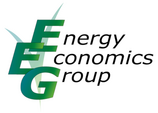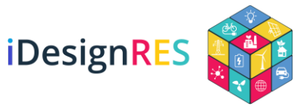Project description
Large urban DH networks in Vienna, Graz, Linz, and Salzburg are mainly based on combined heat and power plants (CHP) using natural gas, while other cities, such as Klagenfurt, are still relying on natural gas for covering peak loads. Since the use of renewable fuels and CHP will be very limited in the future, and the connection of more customers to the DH networks can be expected, significant amounts alternative heat sources such as heat pumps, waste heat, solar- and geothermal energy will be required to secure and decarbonize the DH supply. However, this is resulting in various challenges, especially related to the optimization of the building stock in terms of return temperatures and flexibilities, network hydraulics, bi-directional operation, the integration of seasonal storages, as well as consumer involvement and business models – there is very limited experience for existing urban DH networks. Moreover, the connected investment costs are very high and uncertainties regarding energy prices, availability of alternative heat sources and seasonal storages as well as implementation of retrofitting and optimization activities, leading to high risks. To tackle these issues, DeRiskDH will develop and demonstrate key enabling solutions on a technological and a strategic level as well as innovative business models towards building owners and end users for handling the technical challenges and minimizing the investment risk in alternative heat sources. Those solutions will be demonstrated and tested. In Vienna, for example, innovative control algorithms will be developed and demonstrated in an innovative secondary DH network, including a local waste heat source and bi-directional operation. For Klagenfurt, the focus is on activating building flexibility measures, P2H and heat pump integration for peak load reduction. Eventually, partner-backed viable plans for the exploitation and replication of the DeRiskDH solutions will be developed. The role of EEG in the consortium is to develop a building typology that is characteristic for many Austrian buildings, such that they can be modelled in a simulation environment (Modelica/Dymola) to evaluate the interaction of the different measures in terms of return (and supply) temperatures, energy savings and flexibility.





